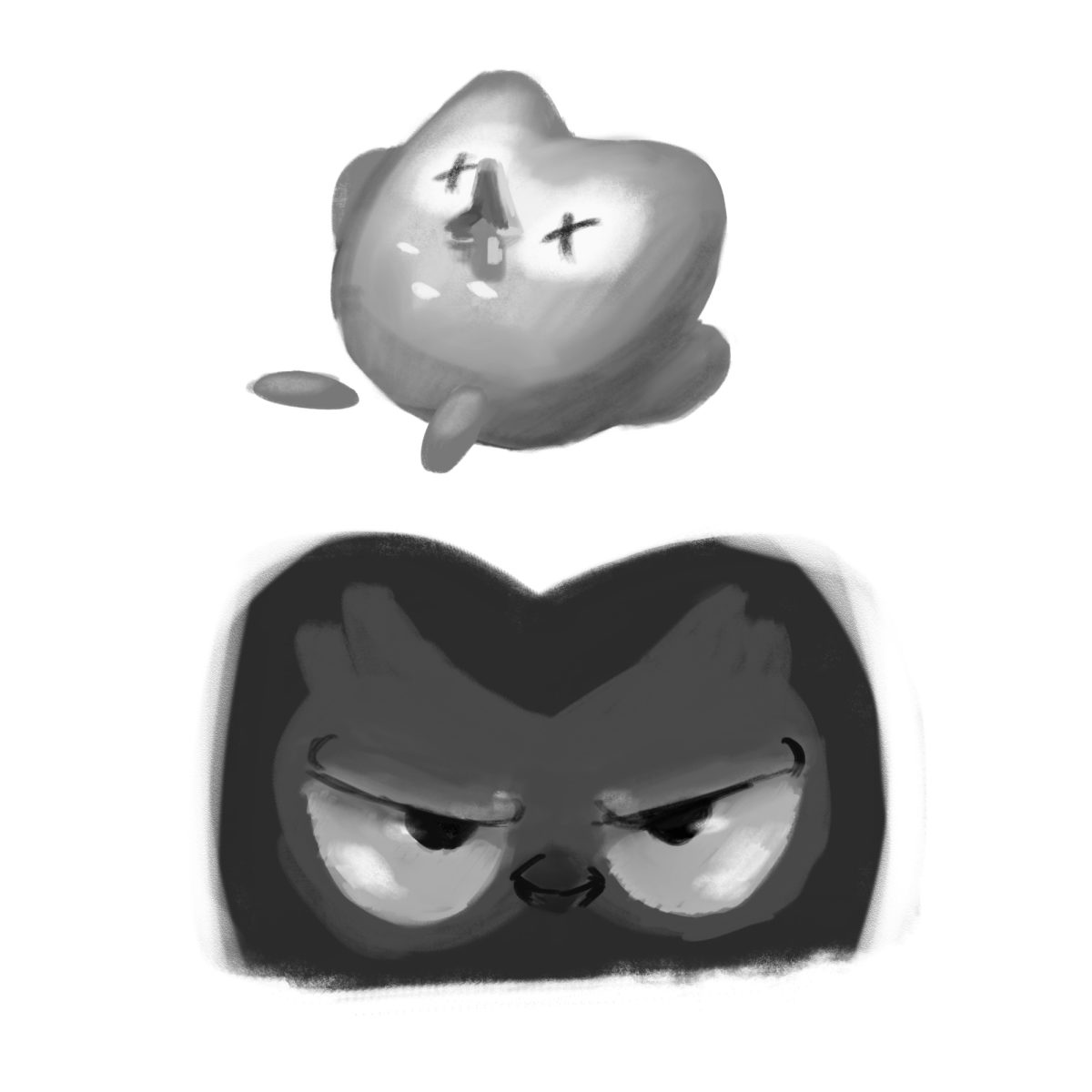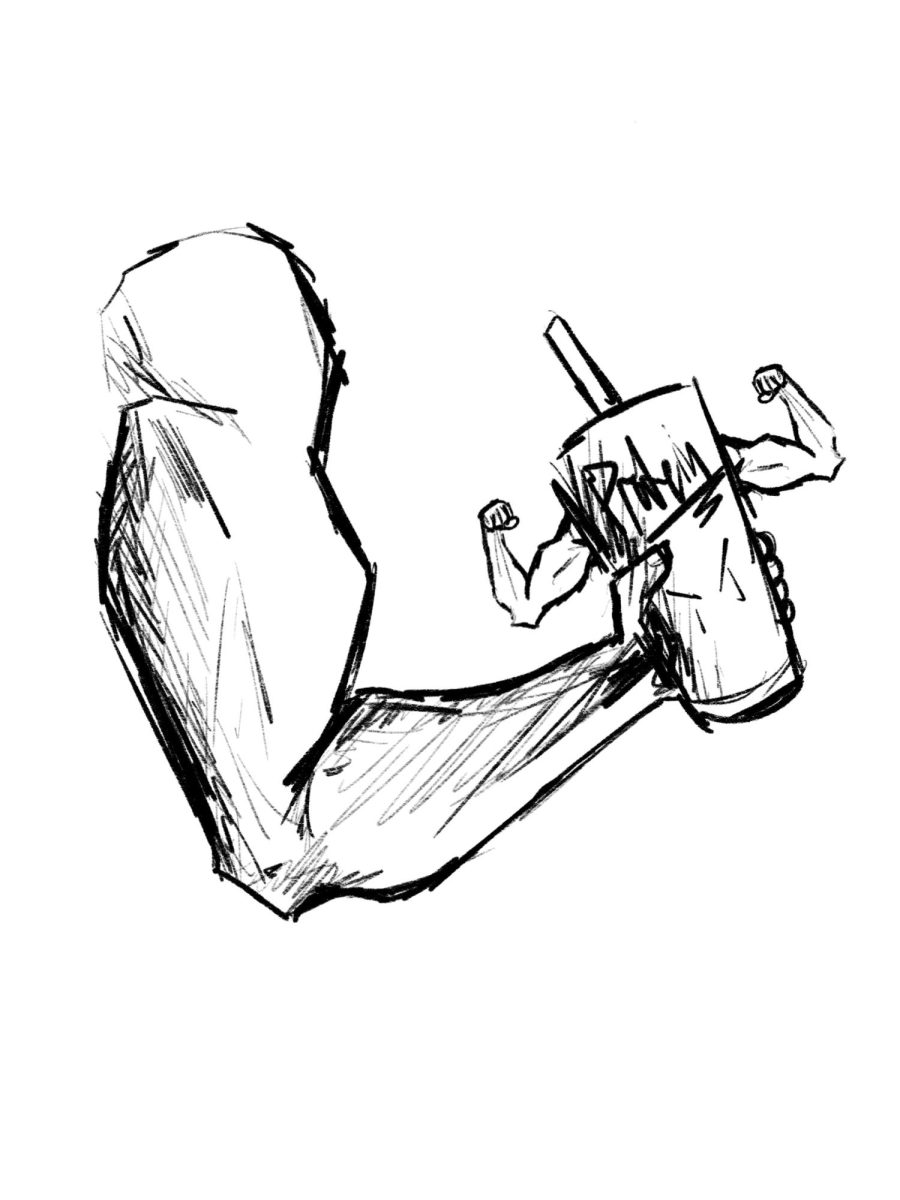We love our Stanleys. For those that don’t know, Stanley Cups, the craze that has taken social media by storm, are 40 oz stainless steel cups with a built-in straw. They are everywhere. For a while. Today, trends like Stanley Cups have an accelerated life cycle, blossoming quickly but fading into ash and obscurity at the same rate.
From Instagram Reels to SNL, Stanleys have made a dent in popular culture. While they’ve been around for over a hundred years, a perfect storm of luck and genius marketing has made them explosively popular for their durability. In November 2023, user danimarielettering on TikTok posted a video that now has over 96 million views. While her car was destroyed after being on fire, her Stanley Cup was undamaged and with ice still inside.
Since then, Stanley Cups have had a huge and continuous boost in sales. Award winning Economics teacher Joel Coleman emphasizes the brand’s mastery of demand. They have established themselves as a luxury brand, like Tesla or Apple, but with cups. Charging exorbitant prices, almost 60 dollars a cup, is possible because their brand is “exclusive.” Since they are hard to get, they must be worth it.
Stanley is the king of marketing their limited editions, raking in over 750 million dollars in 2023. Often just a palette swap, they can go for insane prices on collectors markets or are used as a status symbol. One of the most popular videos about Stanley shows the insane rush to buy the pink Starbucks Stanley that almost led to a brawl.
Yet, their reign is slipping, and will likely continue to do so. Trends used to spread geographically, but with the internet, something like Stanley can pop up out of nowhere and take off in a few weeks. He believes “it’ll fizzle [out] faster as well.” On Google Trends, Stanley Cups have stagnated and fallen off post-January 2024. While their prices are much higher than other brands on the market, Coleman believes it will soon change, stating “they can have a lot more control of their prices, until that brand sort of fizzles a little bit.” In coming months, there will be competition for the throne of Cups, and Stanley will not have as much of a monopoly.
While brand loyalty exists, in a world with so many, is it possible to choose the right one? And in the future, when actual competition exists and prices are lowered because the tag of ‘luxury’ doesn’t matter anymore, Stanley will be hardly any more relevant than they were before they blew up. In the words of Mr. Coleman, “in the next 5 years, there’ll be another cup that’s the trendy cup.” And the cycle will repeat.






































